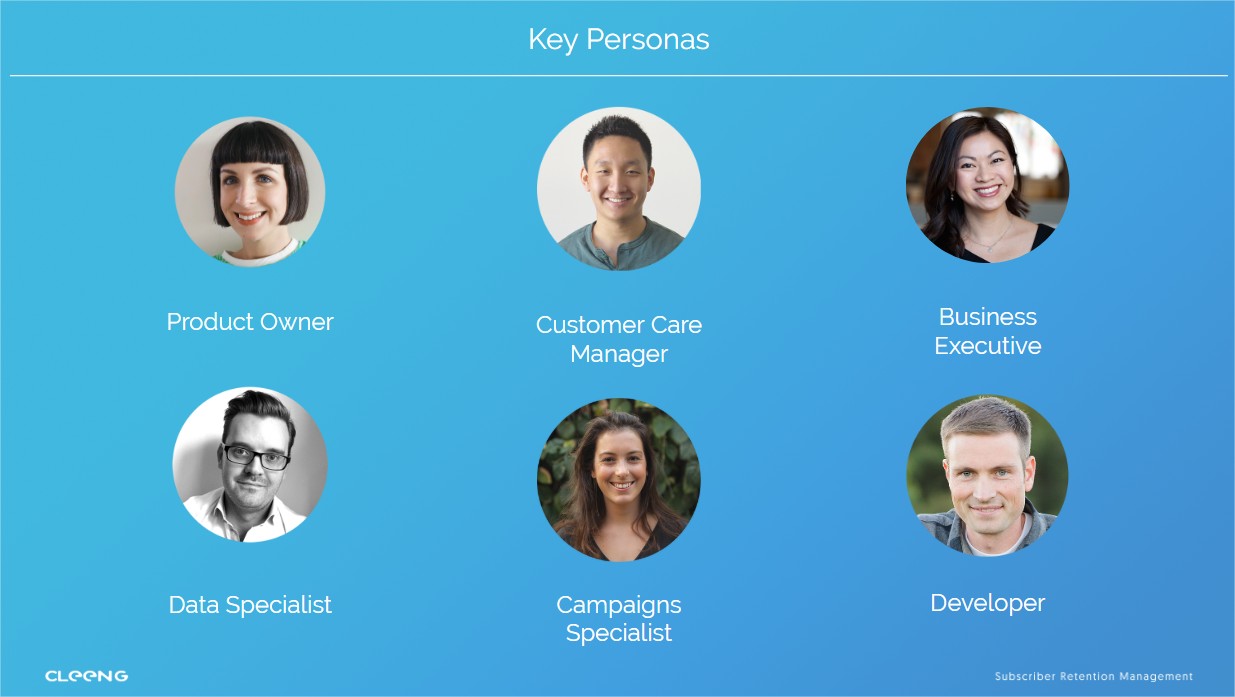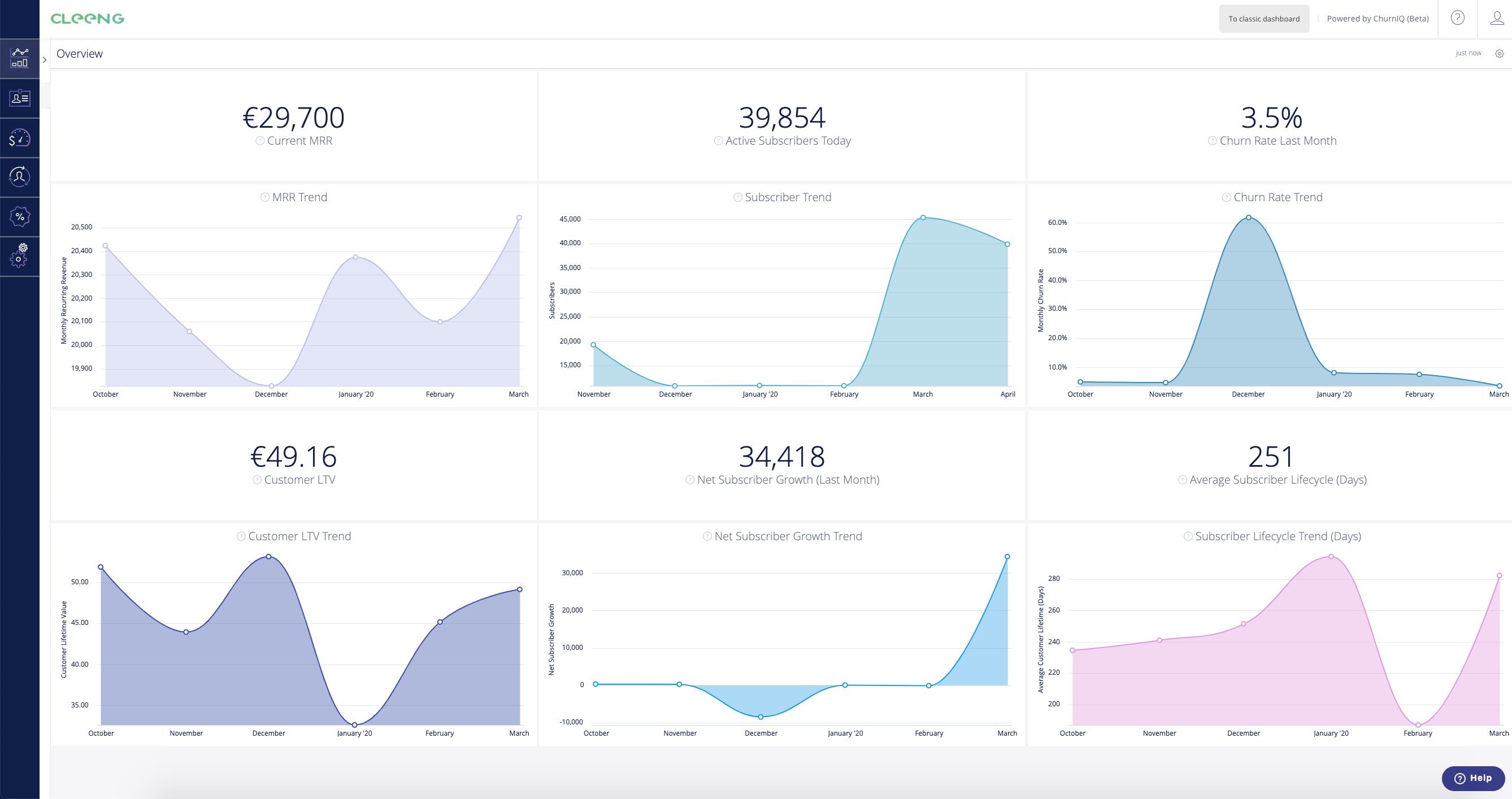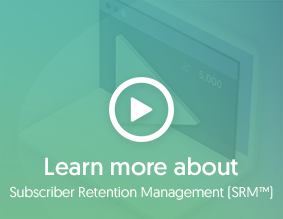
Fact! Mitigating churn is a shared responsibility, which means that many within your organization have a impact on your subscribers' churn rate.
Everyone in your organisation has a role to play in improving your subscriber retention rate. This responsibility becomes more apparent when looking at the causal relations between metrics in your analytical tool. The most apparent one being your churn rate and your monthly recurring revenue (MRR). In this article, we want to focus on six different retention-related personas.

Business Executive
A business owner can be one of the multiple senior roles within an organization, for instance: Managing Director, Channel Director and to some extent Finance Director. They handle responsibilities such as creating business plans, arranging to finance, hiring staff, reviewing revenue, developing marketing strategies, overseeing daily activities, and identifying business opportunities. They require data providing them with an overview of how the business is performing and when below-par providing details of the root causes.
Questions:
- How is my revenue performing today?
- What is my subscriber count today?
- What is my Customer Lifetime Value (CLV) today?
- What is my retention and churn rate today?
KPIs:
- Monthly Recurring Revenue
- Active Subscribers
- Retention Rate
- Customer Lifetime Value
- Churned Subscribers
- Retention Rate

Figure 1. The Overview Dashboard in ChurnIQ™
Product Owner
At the most basic level, a product owner is a leader responsible for maximizing the value of the products created by a scrum development team. But to do this, an agile product owner takes on several roles, including business strategist, market analyst, product designer, and project manager. A product owner is one of the prime owners of mitigating churn because he or she can have features developed or added that provide ways to improve retention. For instance, automated dunning actions (updating payment details to ensure smooth payments), selecting the mix of payment methods in the checkout process and develop a user interface that is as intuitive as possible.
Questions:
- What is the volume and value transactions my platform is processing?
- What payment method do my subscribers use the most (least)?
- How successful is my payment provider at collecting payments?
- How big are my payment failures in terms of lost revenue?
- Is there a big difference in payment successes between the initial and recurring payments?
- What are my subscriber’s preferred distribution channels?
KPIs:
- Transaction volume
- Transaction value (By offer/distribution channel/discount type)
- Initial Payment Success Rate
- Recurring Payment Success Rate
Customer Care Specialist
A customer care specialist (or CCS shortly) is similar to a Product Owner, one of the main contributors in mitigating churn. They often have direct contact with clients and can assess their client’s satisfaction level, which is a reliable indicator of whether the subscriber will stay or is likely to leave.
Data Specialist
When in the section mentioned above it turns out that parts of the business are performing below-par the data specialist is required to find the root causes of that situation and so the team can prioritize the next steps to overcome those challenges.
Campaign Specialist
A campaign specialist has two main objectives:
- To convert as many possible visitors into paying subscribers.
- To retain these as long as possible.
Together with the data specialist, they continuously monitor the outcome of marketing campaigns often based on multi-varied testing that leads to further iterations of their campaign strategy.
Questions from Data and Campaign specialists:
- What is my Retention Rate?
- How long (days) do I keep subscribers for?
- Where in the life cycle does retention spike?
- How highly do subscribers value our content?
- How does engagement grow/decline over time?
- How big is the core user base?
KPIs:
- Retention Rate
- Average Subscriber Lifecycle
- Active subscriber lifetime (days, months)
- Subscribers At-Risk
- Churn Timing
Developer
In addition to knowing the result of your operations, you also require the right tools to face the challenge of mitigating churn. For this, the developer requires clear tutorials and API documentation on which to build a custom checkout to collect the different data sets and for utilizing conversion and retention features, like coupons, option to change between offers and receiving customer data during account creation.
While developing our analytical tool ChurnIQ™ the team at Cleeng took these pinnacle personas and their data requirements as the vantage points for developing the different sections in our navigation and for improving the various reports related to those sections.
If you like to know more of these persona related data-contexts and how valuable these could be in your decision-making process, request a demo by clicking here.
Learn more about the strategies for mitigating subscriber churn in our eBook.




